Four and a half questions from Creative North
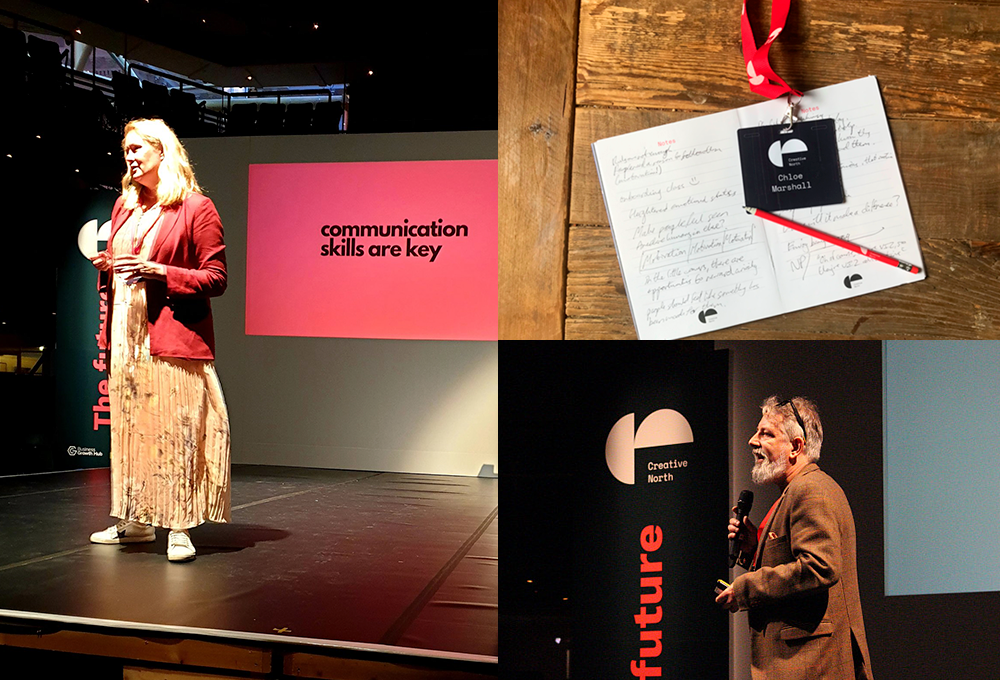
Since the very beginning of my career, I have been a copywriter who Turns Up To Stuff. (What can I say, I’m a joiner.)
Over time, I have settled myself into a group of other copywriters, who also Turn Up To Stuff.
Now, if I go to an industry event with an expected attendance of more than, I don’t know, 30-odd, I’m pretty much guaranteed to meet a friendly face. Which is lovely.
(Though don’t get me wrong, I’ll talk to anyone. Ask, er, anyone.)
So I wasn’t alone as I stood – tea in hand, croissant balanced precariously on saucer – looking round the rather marvellous atrium of Manchester’s Royal Exchange Theatre, and wondering what sort of day we were in for at Creative North?
I knew who was on the bill, and had a vague notion of how much sweat, tears and merch had gone into the planning. (Creative North’s organisers, the standup chaps at Hampson Nattan Williams, are also people who Turn Up To Stuff. Beer-related stuff, mostly.)
I was excited to see where the speakers would invite us to follow them. Who would reassure me with a bit of the beaten track? Who would prod me in new directions?
The journey we went on did both those things and more. That’s a sign of a great lineup, and it was, with a range of perspectives from consultants to podcasters to futurists.
They told me a lot of stuff about the future of content, asked some brilliant questions, and raised a few questions in my head too.
What I want to share with you is the stuff I’m still chewing on five days later.
1. How do we make stuff that brings people together? (Without just telling them to get together…)
Applied Futurist Tom Cheesewright spoke about his concern that the sheer volume of available content, combined with the rise of personalisation, creates exactly the wrong conditions for cultural moments that bring people together.
He gave the example of religion. At various times throughout the UK’s history, the rules, practices and rhythms of a single religion (granted, one that changed wholesale now and again) were embedded into most people’s lives. On a logistical level, it created regular opportunities for interaction around a common purpose.
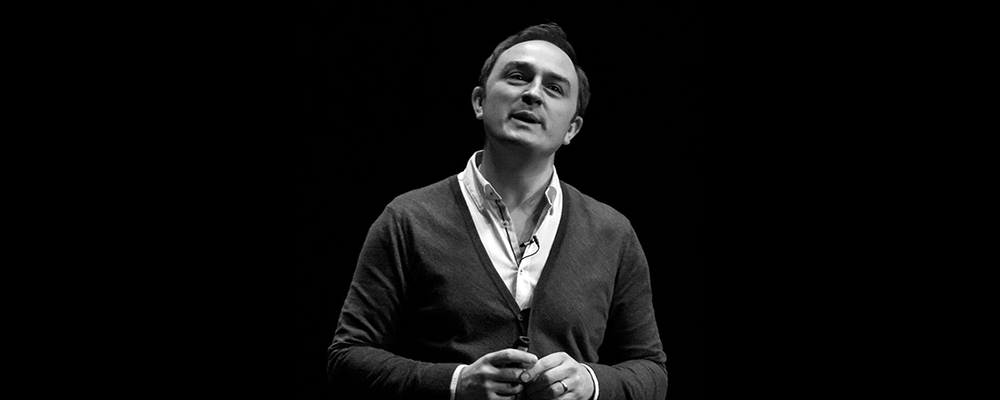
On a cultural level, it provided a shared starting point for how people understood the world. (I am aware this is a utopian, simplistic take – bear with.) Cheesewright argues that those common touchpoints are getting fewer and further between, and personalisation is not helping.
He expressed a worry that as more and more stuff is available to us at the touch of a button, personalisation – which is necessary to help us navigate the masses of content – is accidentally driving us away from each other, into smaller and smaller niches and enclaves.
My takeaway from his talk was a challenge to make content that brings people together. And I’m still musing on the how.
I happen to think we do get together around shared cultural moments in real time. Game of Thrones, Bakeoff and Wimbledon sprang to mind immediately, and I reckon they do a pretty good job of uniting people.
Now I don’t commission TV shows. (At least not at the moment.) So that kind of content is unlikely to be in the scope of one of my projects any time soon.
However, every couple of decades, an ad turns up that everyone, EVERYONE, remembers.* It becomes part of the cultural consciousness. More often, there’s an ad that creates a more fleeting cultural moment. In which people reference it without having to explain and kids sing the jingle in the playground.
To make ads with an impact like this you need a hefty dose of timing and luck. You can’t always plan for that. But you can look for the humanity in every brief and fight for the ideas that give the audience credit where it’s due. It’s our best shot at making a better connection than most.
That’s some of my answer to how I can make content that brings people together (without just telling them to get together). Watch this space.
2. So you’re a High Yellow. Now what?
Naomi Timperley shared lots of worth remembering whether you’re creating content or launching a business.
The importance of listening before you start making content, so you don’t make tone-deaf stuff. The importance of curiosity (self-professed nosiness!) in creativity and business – and linked to this, the importance of understanding people’s motivations.
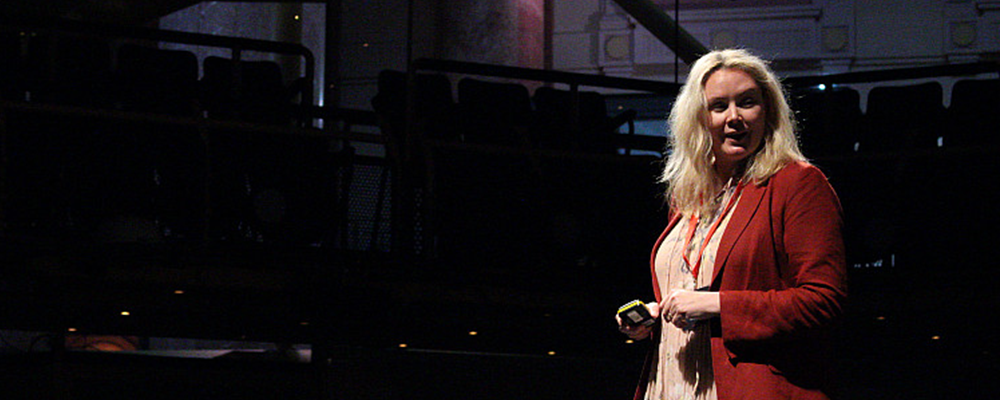
Timperley referenced a colour-coded system called IMA, created by a guy called James Knight. It’s one of many personality-type models that purport to help people communicate or manage better – anyone who’s worked in a corporate context for more than five minutes has probably come across at least one variation on this theme.
She described herself as a High Yellow, based on this questionnaire here. (Go do it and come back. I know you want to, and this post will keep.)
It turns out I am too. So what do I do with that?
Well, I like that IMA is outward-looking – not solely a navel-gazing exercise. It’s designed to get you to take a frank look at both yourself and the person or people you need to communicate with, and consider both their needs and yours in working out how best to get your message across.
As a copywriter, I’m used to thinking about what my reader might be thinking and feeling, and how I can get them to do what the client needs them to do. When you need to say something, you generally focus (rightly) on what you’re saying, how to say it and who you’re saying it to.
Timperley’s talk brought home to me the importance of remembering my own communication style – my own needs – as a factor when communicating in person. One of the most valuable moments in the day.
3. When should you get out of your own way?
Anna Pickard of Slack gave us a refreshing take on giving voice to things. I’ve always admired Slack’s brand, and hearing Anna speak helped me pinpoint various reasons why. In among all that good stuff was this absolute gem:
“Stay out of the way and respect people’s time”
I have paraphrased it slightly, but she really hit on something there for me. As a maker of content, and particularly as a writer, it’s very easy to get excited about ways to express the shiny new brand I’ve been given to play with. You’re darned right I’m looking for opportunities. Heck I’m probably making a few up.
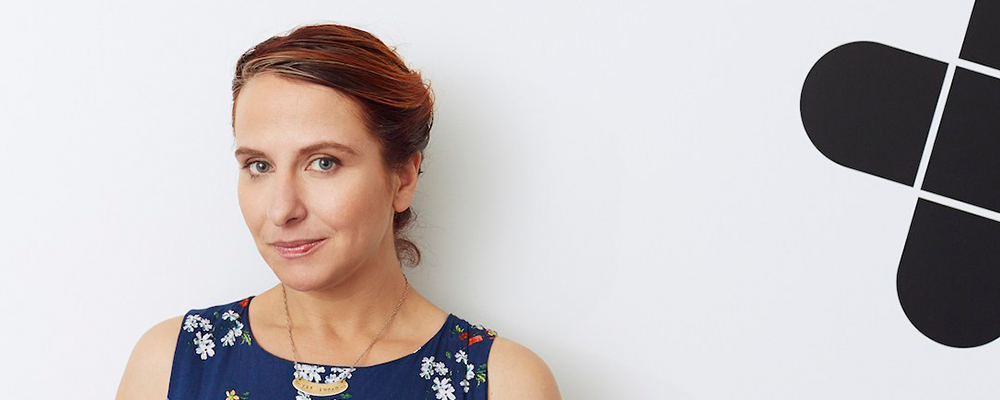
Anna’s important reminder is that there’s a time and a place for the bags of brand personality I just spent ages coming up with.
The first line of release notes is not a place to be cute. There’s important shit in there, and some of it might not be what the audience is hoping to hear. But right at the end, with the headlines out of the way, a little something for the people who’ve bothered to read that far might not be a bad shout.
“When should we get out of our own way?” is an excellent question to ask at the start of a project, and one I’ll be taking with me. It’s one more way to activate the empathy we’re all working with all the time, and one more way in is no bad thing.
3½. How should you get out of your own way?
The natural followup to when: how?
On any given day, the most any of us hopes for in face-to-face communication is that people get to the point politely, even pleasantly, without asking much of us.
Anna also shared with us a sort of emergency shorthand for writing for Slack:
“Talk as if you’re talking to a colleague you like and admire. That’s the baseline.”
I think that tells you a lot about how to go about dialling down the personality when necessary.
Getting out of your own way looks different in different contexts for different brands. How to do it is good question to think about when considering the spectrum of situations a brand’s voice needs to cater for. My brain’s still whirring. Thanks Anna.
4. What’s the future of voice and tone?
I’ve seen Nick Parker do a fair bit of talking about how brands talk. This time he gave us some predictions for the future of voice and tone (seeing at the theme was the future of content). And they were interesting.
One prediction was about tone fads. The age of Innocent – the age of kooky and cute and chatty and silly – is over. Thank goodness.
Apparently, next is the age of the artisan. I think it’s less a voice and more a vocabulary checklist, but the observation resonated with me as soon as Nick said it. Everything is crafted or handmade right now – even things that definitely aren’t. There’ll be more of that, mark Nick’s words.
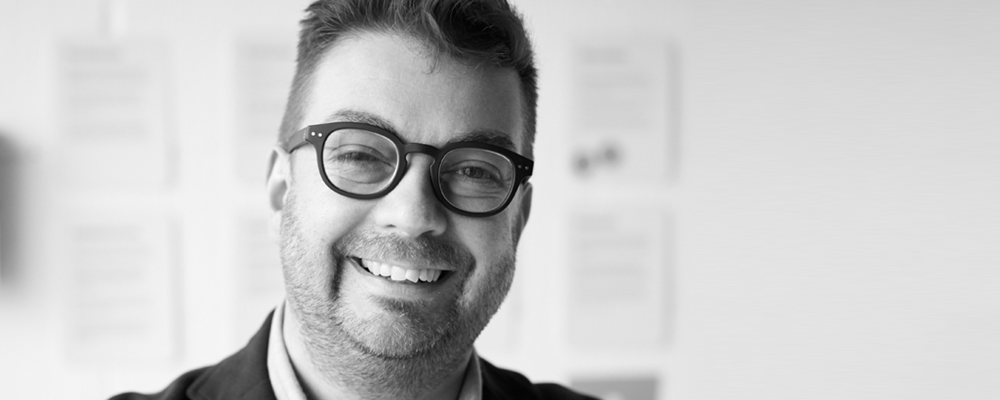
The other prediction that got me excited was about informality getting serious. It’s common for a brand to be committed to a certain voice at a marketing level, which falls away completely as soon as things get operational. Forms. Policy wording. Contracts. Suddenly legal and compliance (rightly) swoop in and everyone loses the will in the name of getting the darn thing out the door.
Some industries suffer more than others. Insurance and banking spring to mind immediately. And yet the gauntlet has been well and truly thrown down by insurance brands like Lemonade (winning on policy wording, although their terms of service are still in legalese) and challenger banks like Monzo (theirs aren’t).
Voice and language can promote genuine transparency. But if it’s not embraced as a business-wide priority, the seemingly honest and human exterior can be belied by operational truths.
I hope the future of voice and tone is one where every brand starts with realism. Are we realistically free to be as human as our ideal tone of voice might suggest?
If not, how do we still develop a voice that still cuts through without setting ourselves up to fail, and our customers up for disappointment?
Now there’s a question.
–
*The only two examples we could definitely agree on in Team Copy were the Smash Martians and the Old Spice Guy. I’d love to hear yours! Tweet me @re_scrawl
Written by Chloe Marshall
About markmaking*
markmaking*
mark-making* is an award-winning creative agency specialising in branding, campaigns and communications